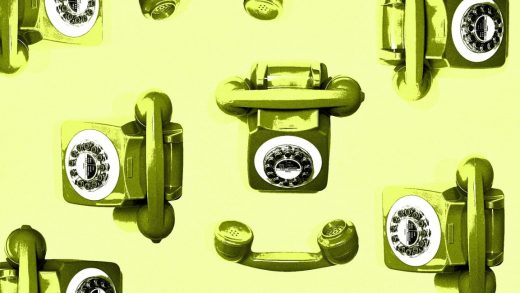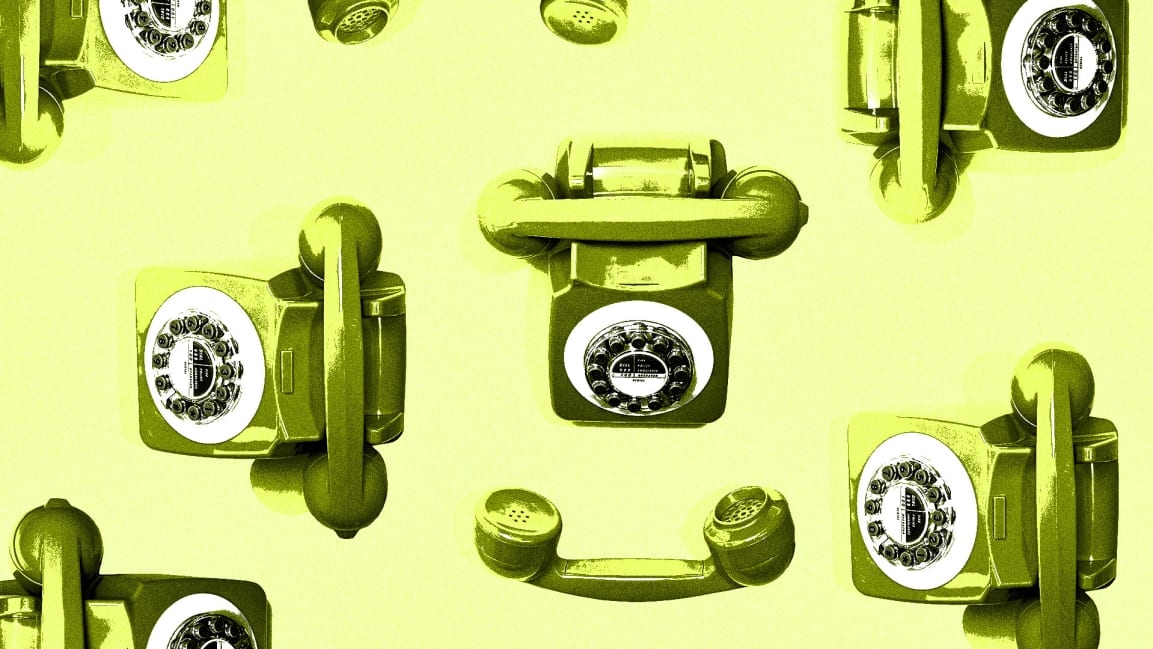988 is an urgently needed national lifeline for mental health support, but will it be ready?
In February 2021, the Los Angeles Police Department teamed up with mental health services center Didi Hirsch to divert some of its 911 mental health calls. The program was such a success that the LAPD expanded it in June.
“For years we’ve had a significant number of Americans that access mental health via 911,” says Kelly Muniz, a captain with the LAPD. “But 911 is not intended or equipped for mental health services. We send police or fire . . . but we’re finally getting people the true mental health services they need.”
On average, Didi Hirsch handles about 20 to 30 calls for the LAPD a week. Muniz cites one instance in which a 911 operator diverted a call to a Didi Hirsch counselor who spent four hours on the phone talking to someone in crisis—something a 911 dispatcher is unable to do.
The success of Didi Hirsch’s partnership with the LAPD is one that is hoped to be replicated across America with the much-anticipated national rollout of the 988 lifeline system this summer. Back in 2020, Congress mandated that the national suicide hotline would transition from a 10-digit number to a three-digit (988) in the style of 911. The system is scheduled to go fully into effect on July 16, but not everyone is convinced it will be a smooth transition.
The long-term vision is that someone experiencing a mental health crisis or suicidal ideation can dial 988. Their call will be diverted to a local center and, much as with 911, the caller will be able to receive follow-up care or an in-person visit from a mobile crisis team if needed. There are about 180 local call centers across the country, but many of them struggle with funding.
“Mental health has been underfunded for decades—we get pennies here, pennies there,” says Hannah Wesolowski, director of field advocacy at the National Alliance on Mental Illness (NAMI). “The 911 system took decades to build but because of the pandemic, our need is high and we need to move as quickly as possible.”
Congress did not mandate federal funding for 988, rather leaving it up to the states. Currently, 911 is funded by a tax to landlines, but so far only four states have passed legislation that funds 988 centers. Fears abound that the call centers won’t be ready when the system rolls out, and according to an analysis by the New York Times, last year 17% of calls to the lifeline were abandoned before the caller could get help.
In an effort to help with the transition, the Substance Abuse and Mental Health Services Administration (SAMHSA), part of the Department of Health and Human Services, announced $282 million in federal funding—an unprecedented amount, given that four years ago the program received only $7 million.
“We’re working strenuously on this every day,” says Richard McKeon, chief of the Suicide Prevention Branch at SAMHSA. “We’re encouraged by the trends—we are hopeful that it will be successful.”
Wesolowski says that due to the patchy funding, there won’t be a widespread marketing campaign for 988. “We don’t want people to call and not get connected,” she says. “The real fear is people losing trust in the system before the system is off the ground.”
Didi Hirsch has had success, but much of its call line is handled by trained volunteers. “People should be paid for this work,” said Dr. Jonathan Goldfinger, the CEO and president of Didi Hirsch. “This needs to be an all-of-society, government, all-payers effort.”
Since its inception in 2005, the national suicide hotline has received 20 million calls, including 2.4 million last year alone. SAMHSA estimates that in 2023, when 988 is in place, call volume will increase to 7.5 million.
(7)



